Stay up to date.
Stay connected with tips, resources & stories on language access.
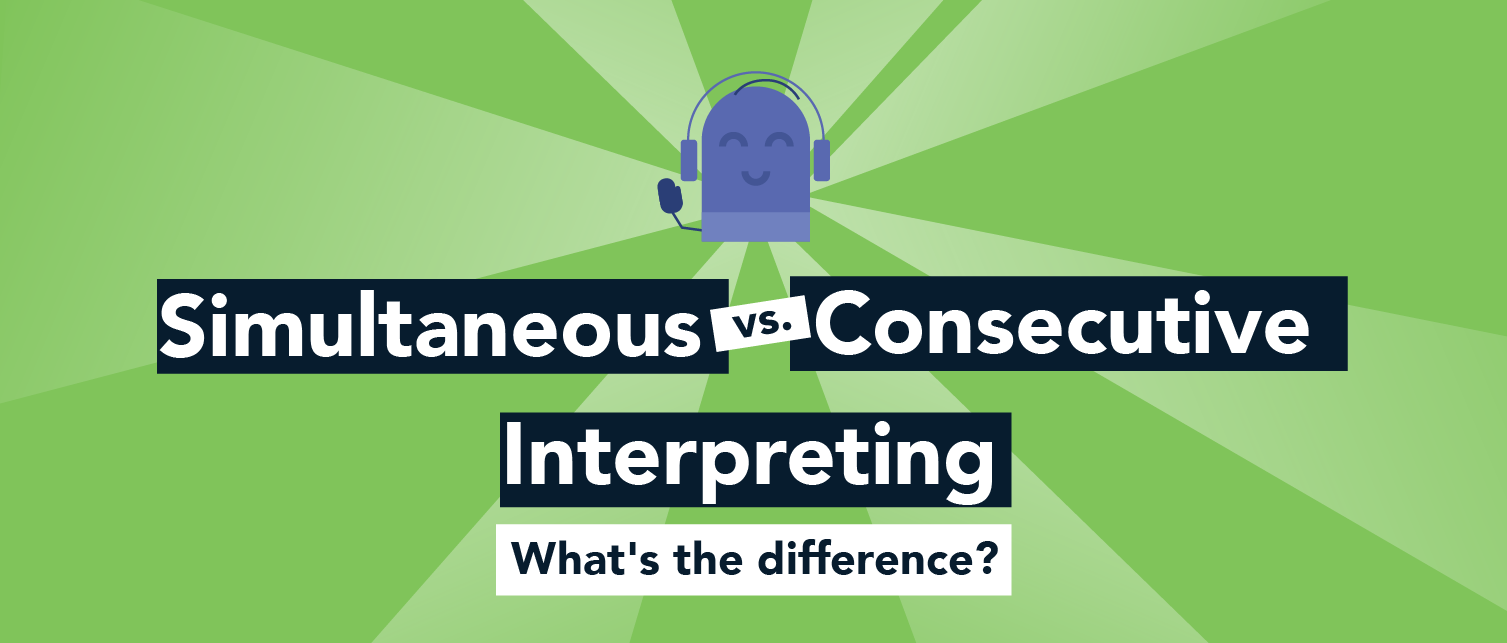
There are two primary modes of interpretation — simultaneous and consecutive. Both are used to bridge language barriers and help people understand each other, but it's important to understand their differences so you can identify which one is best for your particular use case.
So what's the difference and how do you know which to use when?
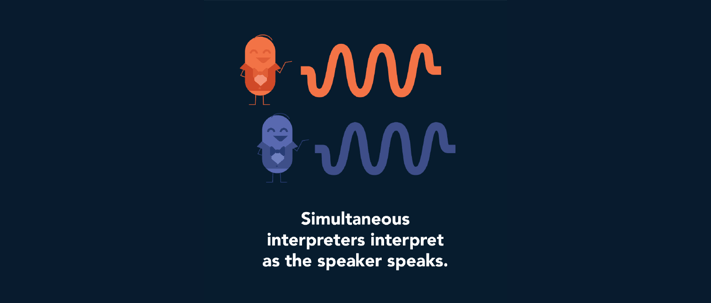
What is Simultaneous Interpreting?
Simultaneous interpreters listen to what the speaker is saying while concurrently saying it in another language. It typically takes 2+ years for a professional linguist to be trained to be a simultaneous interpreter. During this time, interpreters learn to listen to a speaker and interpret with only a few seconds delay. Ideally, simultaneous interpreters review speeches or other materials available before the event to prepare. Simultaneous interpreters typically interpret in one direction only. They generally work into their native language, meaning they listen in their second language and render into their native language.
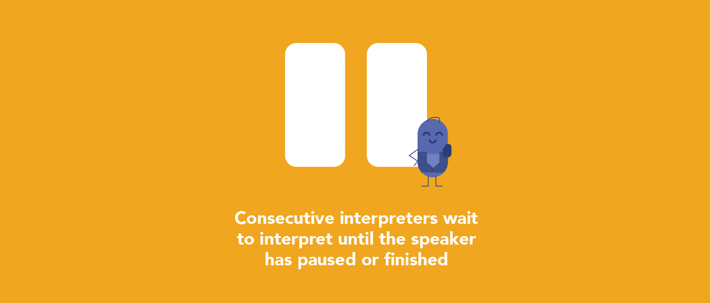
What is Consecutive Interpreting?
Consecutive interpreters listen to what the speaker is saying, and convey the message into another language after the speaker has paused. Typically, the speaker will pause after each complete thought to give the interpreter time to deliver the message. Consecutive interpreters have to be diligent, speedy note-takers, and able to swap between both languages throughout the exchange.

Simultaneous vs Consecutive Interpretation: Which is Right for You?
Simultaneous interpreting works for large, live events because interpreting happens in real-time. The crowd isn't kept waiting. For these reasons, simultaneous interpreting was the method of choice during Pope Francis' 2017 visit to the U.S.

Consecutive interpreting works for small gatherings or one-on-one meetings where the conversation allows for pauses to interpret.
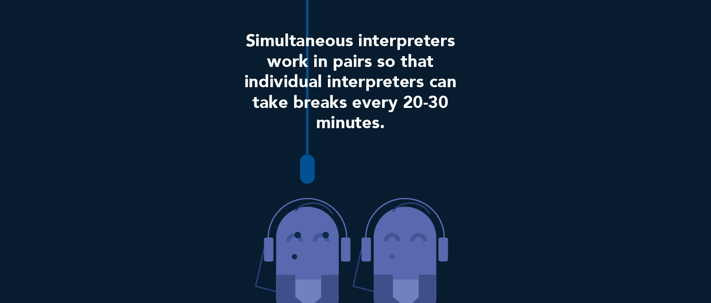
Listening intently and interpreting is draining. Working in teams of two or more allows simultaneous interpreters some time to recover and prepare for their next turn.

Consecutive interpreters are typically the only interpreter present. This means they must be vigilant to interpret accurately and consistently for the entirety of a session.
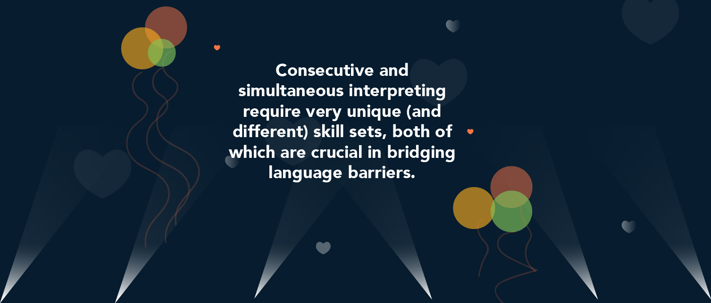
Whether interpreting in simultaneous or consecutive mode, we’re thankful for all of the interpreters who help us communicate! Check out our interpretation services here.
|
Need help understanding which language services would best serve your organization? We're here to help. Reach out to start the conversation today.
|